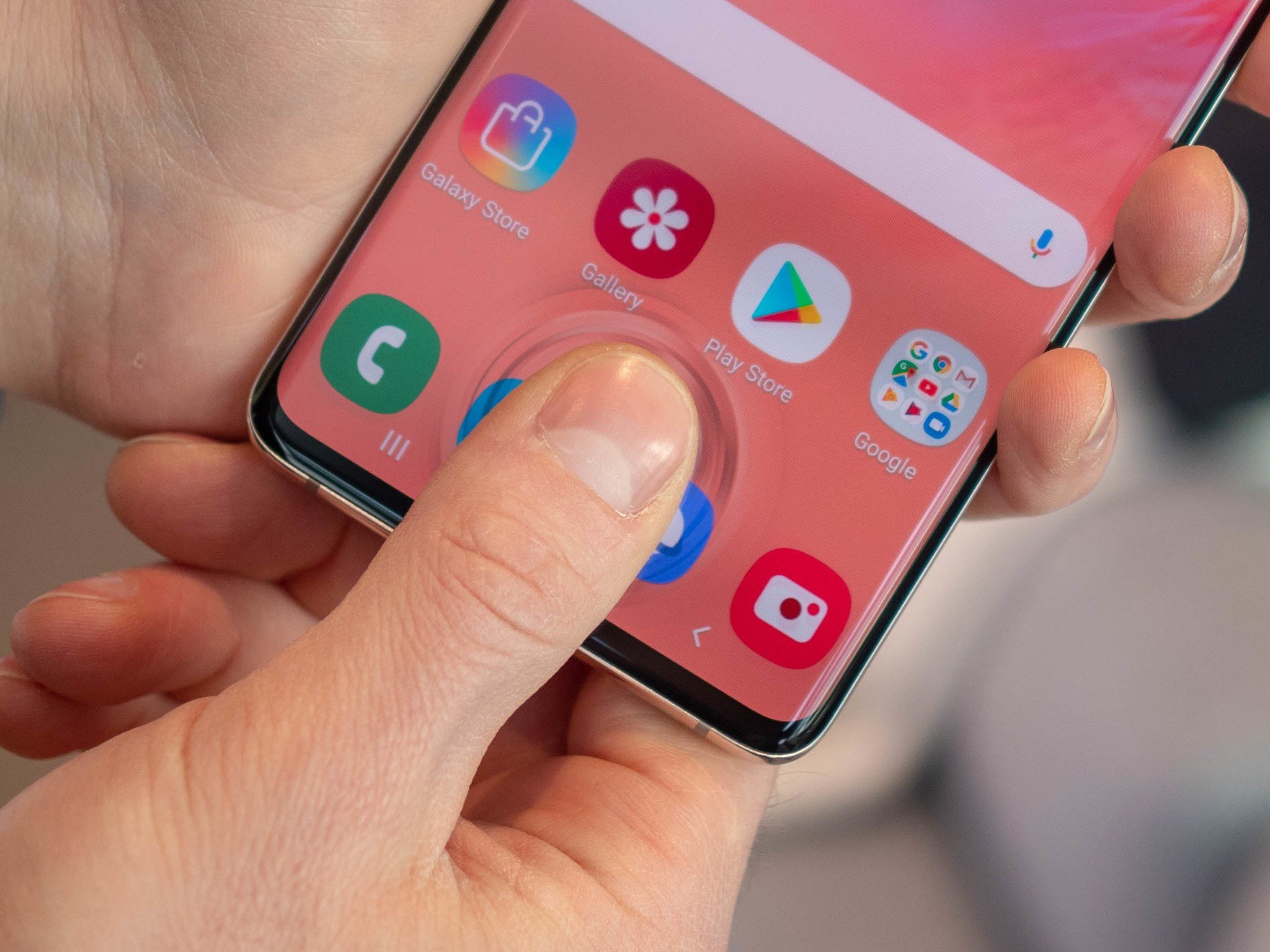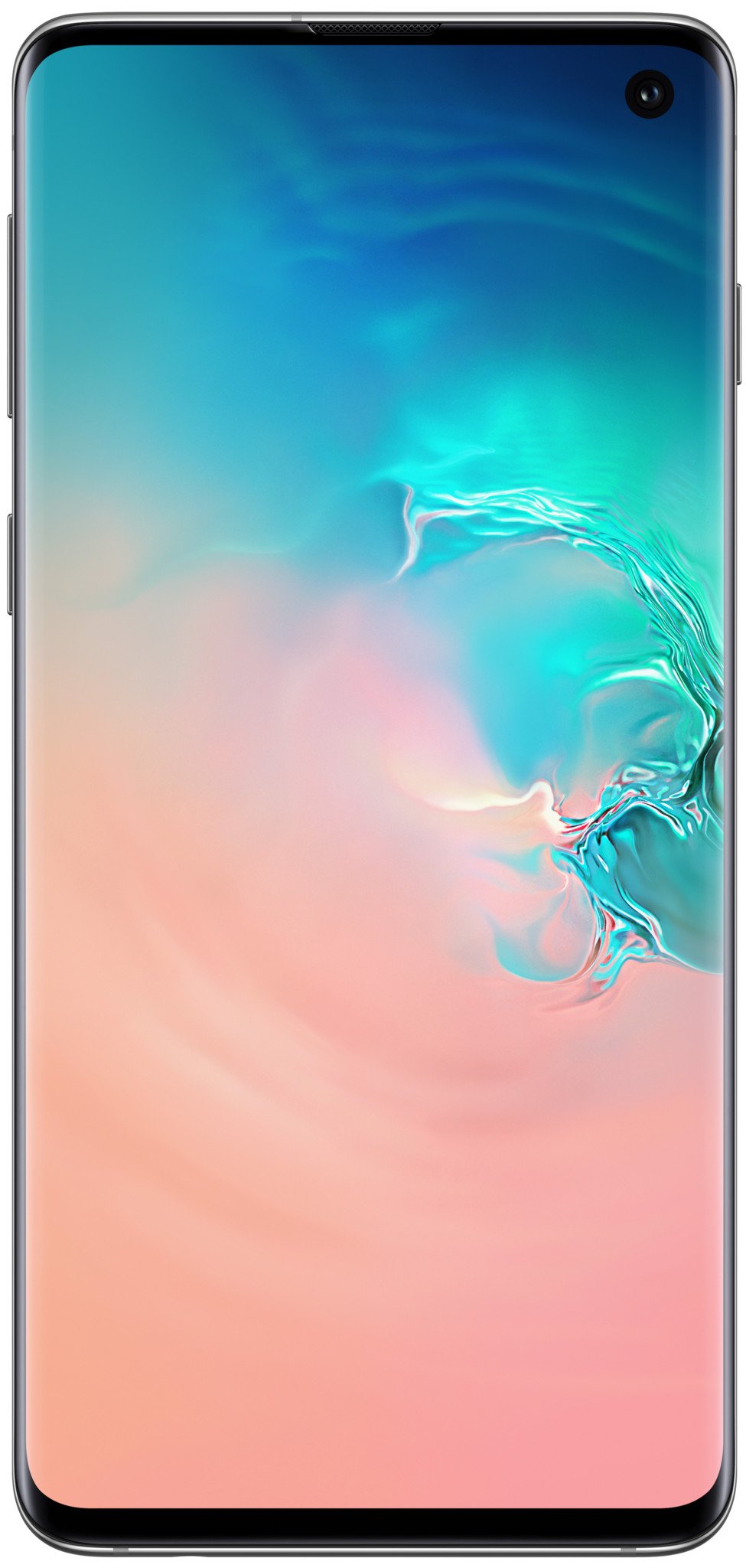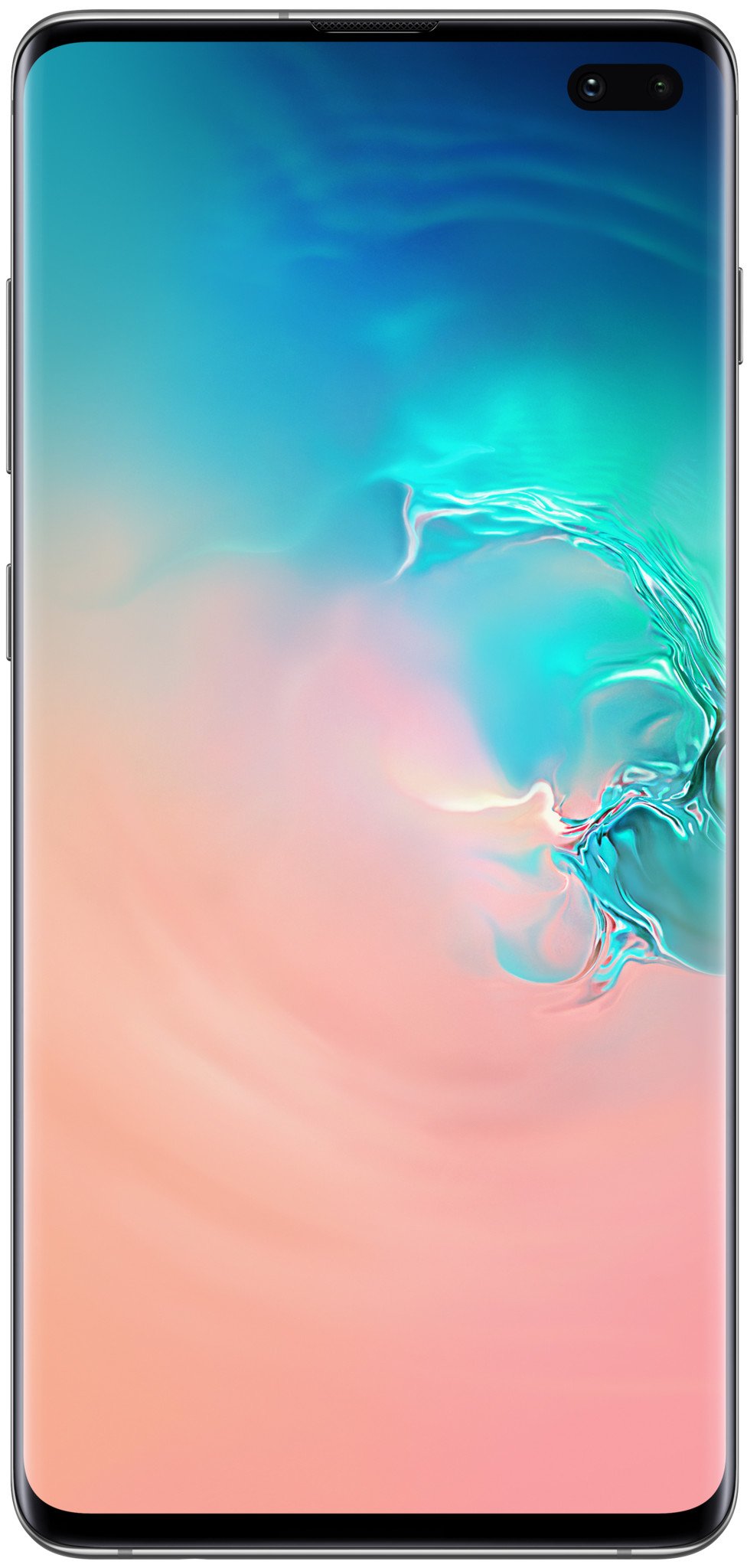Best answer: An ultrasonic fingerprint sensor works by bouncing a sonic pulse wave off of your fingertip to create a three-dimensional image. It's much more secure than optical in-display sensors and will work even if your fingers are greasy, dirty, or wet.
- Samsung: Samsung Galaxy S10 ($900)
- Samsung: Samsung Galaxy S10+ ($1000)
Sonic sound pressure waves give ultrasonic sensors an edge over optical ones
Modern smartphones have shed the bezels for the most part, and while we love the all-screen design, we still want the convenience of biometrics. Who wants to enter a password every time they unlock their phone, right? We've moved past the tried-and-true capacitive fingerprint reader, like the one on the back of the Galaxy S9 or Pixel 3, and things like facial recognition and iris scanning have become commonplace. But it seems that nothing is as easy as using your finger to unlock your phone.
There's only one place to put a fingerprint reader in a bezel-less phone — under the glass.
Bezel-less phones mean that the fingerprint sensor has to go under the glass if you want it around the front of your phone. And plenty of us do! We've seen companies like Vivo and OnePlus use optical fingerprint sensors in the display, but the drawbacks — slow to recognize, easy to fool, and useless in the cold, when it's wet, or after a greasy slice of pizza — mean they aren't cutting it. When the market calls for a thing, companies making products will respond.
That's what Qualcomm and Samsung have done with the Galaxy S10: put a secure and reliable fingerprint reader in the front of a phone without any notches or big bezels. Using sound pressure waves, your fingerprint is mapped based on the way these waves bounce back to the sensor. Your fingertip isn't smooth, and it has blood flowing through veins and arteries that are very close to the skin. That means no two fingertips will ever be the same once you account for all the whorls, ridges, and pores. Using this map a secure token is generated and when you want to unlock your phone, it's checked against the original to see if they match.
The speed and convience of a capacitive sensor, but it still works after a big slice of greasy pizza. I love the future.
This is much more secure than an optical in-display sensor, which can (and has) been fooled by a high-quality photo or scan of a fingertip. It's also much faster and rivals the speed of the standard capacitive sensor. As a plus, sound waves "bounce" differently through dirt and grime (and even olive oil) so things should still work just fine if your hands are a bit dirty. that's something even the capacitive sensor can't boast.
Go ultrasonic
Galaxy S10
See the full beauty of HDR10+ with the S10.
If you want an all-display, no-bezel look and want a fast, easy way to get into your phone from the front, you want the Galaxy S10 and its ultrasonic fingerprint reader.
Upgrade pick
Galaxy S10+
Same sweet sensor with a bigger screen to sit under.
The S10+ has an untrasonic fingerprint sensor, too, and it also has a bigger screen, more RAM, more storage, and a higher price tag to match it all.



0 Response to "You Can See More: What is an ultrasonic fingerprint sensor and why do you want it?"
Post a Comment